Designed to fly multiple daily missions, Dawn Aerospace’s Mk-II introduces a concept of true sustainability to the space race.



Elon Musk, CEO of Tesla and SpaceX just confirmed that Starlink will transfer data close to speed of light. According to Gizmochina, the speed will be close to 97% speed of light.
Starlink is a constellation of thousands satellites aiming to deliver high-speed internet to consumers anywhere on the planet. While the Starlink service is still in beta, the company has over 100,000 users in 14 countries so far, with over half a million orders or refundable deposits placed by potential customers.
As of today there are 1,700 satellites in orbit. SpaceX intends to provide satellite internet connectivity to underserved areas of the planet, as well as provide competitively priced service in more urbanized areas. The company has stated that the positive cash flow from selling satellite internet services would be necessary to fund their Mars plans.
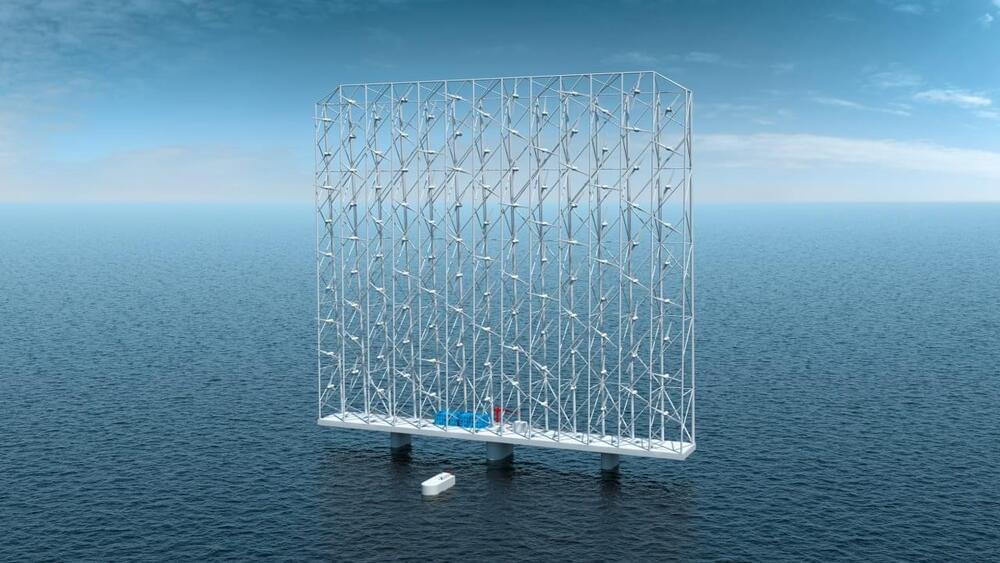
This is where floating wind farms come into play. The world’s first floating wind farm, Hywind, opened in 2,017 almost 25 miles off the coast of Aberdeen in Scotland. The wind farm counts six floating wind turbines that are slotted in a buoyant cylinder filled with heavy ballast to make it float vertically. Because they’re only tethered to the seabed with thick mooring lines, they can operate in waters more than 3,000 feet deep.
Hywind is powering around 36,000 British homes, and it has already broken U.K. records for energy output. Wind Catching Systems launched the same year Hywind opened. It claims that one unit could power up between 80,000 and 100,000 European households. In ideal conditions, where the wind is at its strongest, one wind catcher unit could produce up to 400 gigawatt-hours of energy. By comparison, the largest, most powerful wind turbine on the market right now produces up to 80 gigawatt-hours.
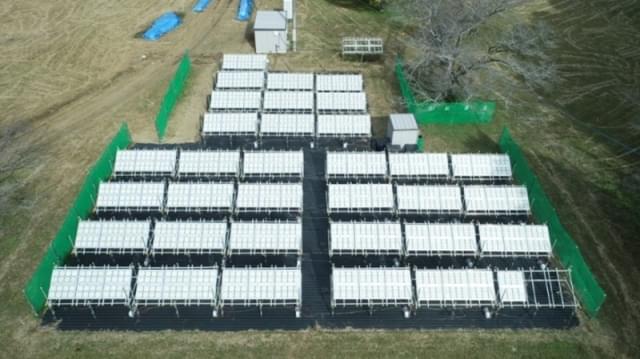
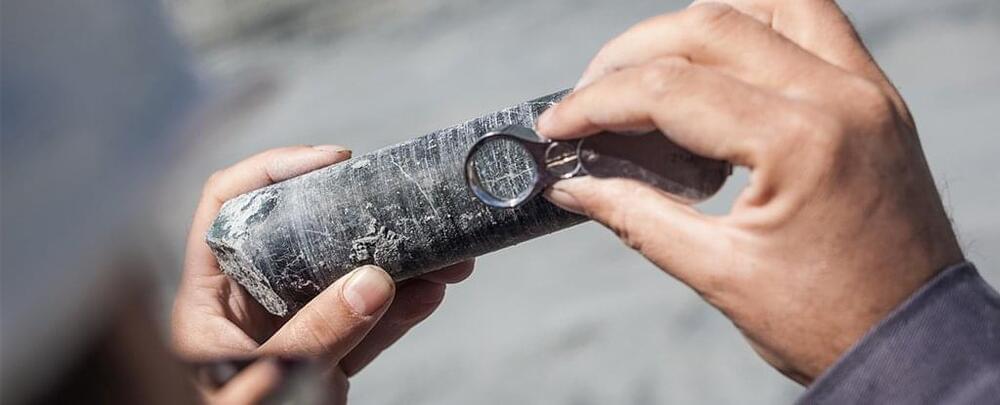
Earlier this year, researchers found a deposit of rare-earth minerals off the coast of Japan that could supply the world for centuries, according to a study.
The study, published in the journal Nature in April 2,018 says the deposit contains 16 million tons of the valuable metals.
Rare-earth minerals are used in everything from smartphone batteries to electric vehicles. By definition, these minerals contain one or more of 17 metallic rare-earth elements (for those familiar with the periodic table, those are on the second row from the bottom).
These elements are actually plentiful in layers of the Earth’s crust, but are typically widely dispersed. Because of that, it is rare to find any substantial amount of the elements clumped together as extractable minerals, according to the USGS.
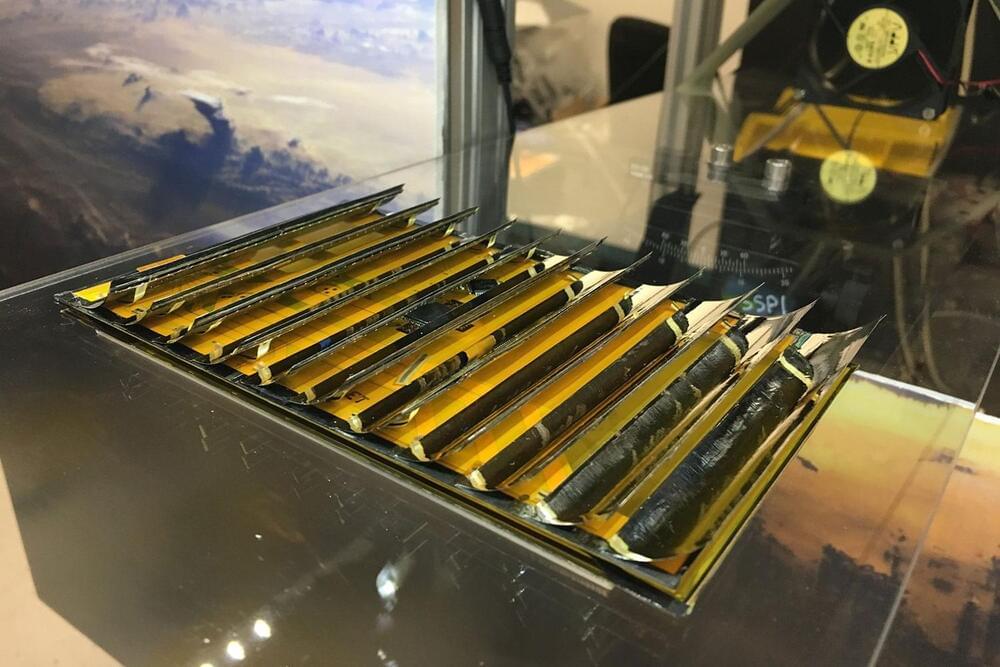
California Institute of Technology (Caltech) has received $100 million in funding for their Space-based Solar Power Project (SSPP), which is developing technology capable of generating solar power in space and beaming it back to Earth.
Caltech describes the project as “collecting solar power in space and transmitting the energy wirelessly to Earth through microwaves enables terrestrial power availability unaffected by weather or time of day. Solar power could be continuously available anywhere on Earth.”
The Space-based Solar Power Project has been underway since at least 2013 when the first donation arrived from Donald and Brigitte Bren. The gift is now being disclosed as SSPP nears a significant milestone: a test launch of multifunctional technology-demonstrator prototypes that collect sunlight and convert it to electrical energy, transfer energy wirelessly in free-space using radio frequency (RF) electrical power, and deploy ultralight structures that will be used to integrate them.
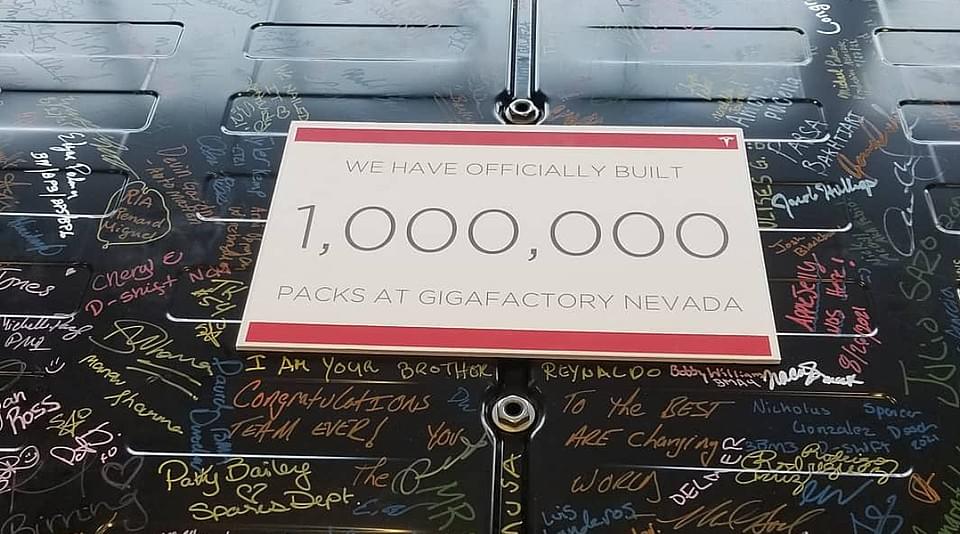
Tesla’s Gigafactory Nevada has achieved an incredible milestone. As seen in an image recently shared online, the expansive battery facility has formally produced its 1 millionth battery pack. This is a notable achievement, especially considering the uphill battle that Tesla and its battery partner, Panasonic, had to go through to ramp the facility’s battery production activities.
A picture of Gigafactory Nevada’s 1,000,000th battery was posted on the r/TeslaMotors subreddit. The special occasion was commemorated by the Giga Nevada team, with the battery pack being signed by numerous employees. A sign that read, “We have officially built 1,000,000 packs at Gigafactory Nevada,” could also be seen in the image.
Since starting its battery production activities in January 2,017 Gigafactory Nevada has played a key role in Tesla’s overall operations. The facility does not produce vehicles, but it manufactures powertrains and 2,170 battery cells for the Model 3 and Model Y, Tesla’s two mass-market cars. When it was initially pitched by CEO Elon Musk, however, the skepticism surrounding Gigafactory Nevada was notable.

New marque Automobili Estrema plans for its first model to reach 200 mph in less than 10 seconds and have a 325-mile range.
Automobili Estrema is a marque soon to become synonymous with extreme technology and performance in the hypercar stratosphere. Founded in 2020—a challenging year by any measure—the company is Italian through and through, though its team members and partners represent a global Who’s Who of leaders within the energy and automotive industries. Founder and CEO Gianfranco Pizzuto, an entrepreneur with an international business background, was the first investor and cofounder of Fisker Automotive in 2007. It was a bold venture into uncharted territory at a time when EVs were experiments and the first Tesla Roadster was still a year away. Now, as head of Automobili Estrema, he and his team have spent a year in virtual collaboration and accomplished what is nothing less than remarkable.

The device offers a far simpler way of monitoring how various chemical compounds form during reactions than the methods currently available to scientists, and the team that built the “camera” says it’s already using it to improve the technology behind solar cells.
Controlling the specific order and process of molecular assembly is notoriously difficult, especially at such tiny scales. Thankfully, the scientists realized that they merely had to plunk its components into room-temperature water — along with whatever molecules they wanted to study — and it would piece itself together automatically.
“We were surprised how powerful this new tool is, considering how straightforward it is to assemble,” first study author and Cambridge chemist Kamil Sokolowski said in a press release.
Video on Neom, the future city.
Earn money for charity just by browsing the internet when you sign up for Tab For A Cause here: https://tab.gladly.io/joescott.
NEOM is Saudi Arabia’s tentpole project in their Vision2030initiative to help move the Kingdom away from an oil-based economy and rely more on technology and tourism. It has some ambitious goals, like being 100% sustainable, moving all transport underground, and even glowing beaches. But the most noticeable thing about the project is the fact that the city will lie on a 100-mile line serviced by a hyperloop-style high speed train system.
But is it all it’s cracked up to be? Let’s take a look.
Here’s the link to NEOM’s official site: https://www.neom.com/en-us.
Want to support the channel? Here’s how: